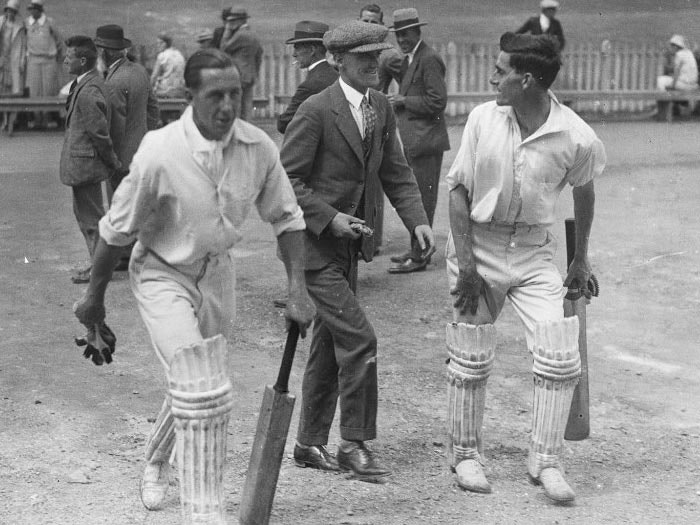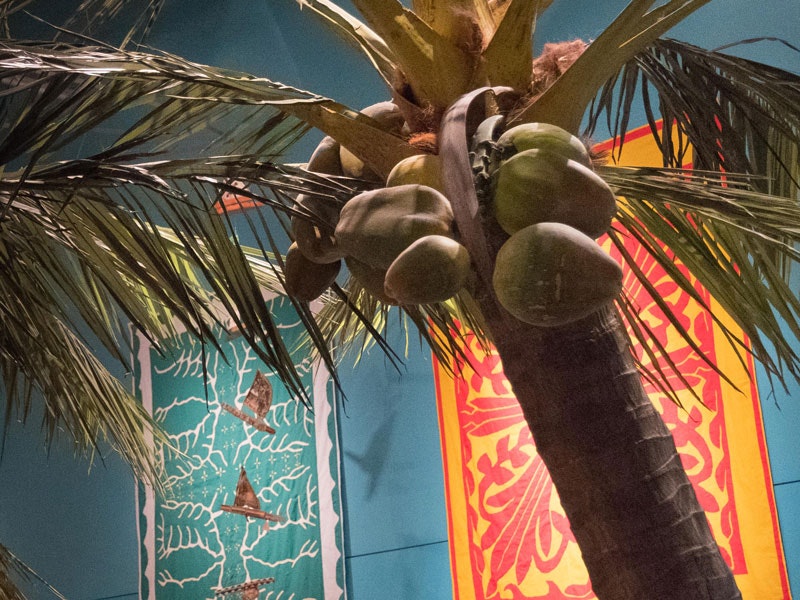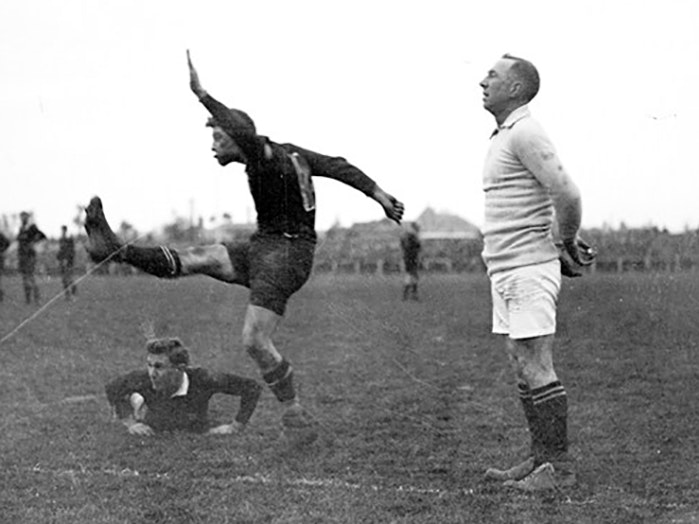This pate (bat) was presented to New Zealander, Walter James Crowther, the captain of the Avele cricket team in Samoa in 1936.
Sāmoan visitors to Te Papa have recognised the names of people written on the bat – each signature rendered in a different hand; and former students are proud Avele school is represented in the Museum’s collection. This signed pate reminds us that cricket is not just about runs on the board, it is also about people, places and the relationships formed through the game.
The bat is autographed with the following names: Avele Cricket Team, 1935–1936: 1. Aiatu, 2. Luia’i, 3. Taua’ivale, 4. Ta’ape, 5. Alenepi, 6. Suaesi, 7. Iakopo, 8. Iosefa, 9. Sione, 10. Talau, 11. Iosefa, 12. Viliamu, 13. Peleseuma, 14. Pauono, 15. Faulalogatä, 16. Eti.
Pate (bat), 1936, maker unknown. Gift of A J Crowther, 1983. Te Papa (FE007823)


